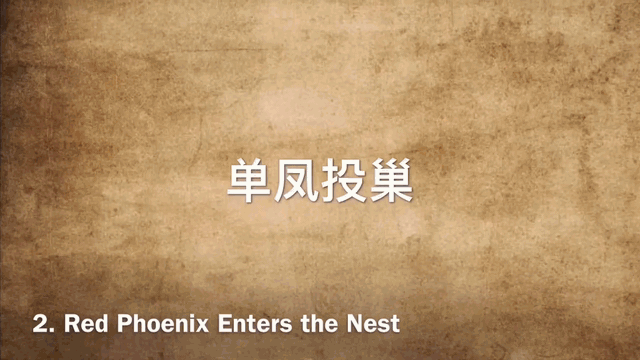Categorically, this is a huge problem in the tai chi community and people who practice this way will not make progress in Tai Chi.
Wondering if you understood what you watched.
太极拳实战中一个最重要的功夫,就是松沉劲。认识并训练这种功夫,才能逐渐掌握太极拳的内功。
Softness and sinking energy are essential to the practice of Tai Chi combat.
Through the cultivation of this skill, one can gradually unlock the deeper aspects of Tai Chi's internal power.
The video presented different methods of practice by various individuals, the commentator, presenting his perspective on the practice of softness.
The huge problem in the Taiji community might be the many who feel they have reached a certain level of understanding equate this understanding through writing, not by doing.
Small story:
In 1993, there was an AAU Chinese martial arts tournament, with
Phillip Starr as the director at the time.
Doc Fai Wong, a friend of mine, was one of the judges for the Taiji and push hands competitions. The event was hosted by a local “拳道” (Kuntao) gym, a Hakka art.
The push hands event was open to all stylists. None of the Taiji stylists, including myself, placed in the event.
Notably, the guy I lost to came up to me later and said, “Out of all the people here, you're the only one who knows Taiji.”
Doc Fai later commented on my performance, “Your sticking and following are good, but you do not understand how to release yet.”
I did take 1st place in the Taiji forms competition using the 37-step at the time.
My point is that it’s not a problem for those with Taiji skill sets versus those without or not developed, commenting on what they see.
Those with the skill sets, understanding what they see, those developing them, or not understanding, tend to look for what they expect to see, commenting on what they don't.
Not a fan of push hands competition, although I understand the allure and need for it.
In Taiwan, many groups focus on local and national events. Having practiced with some of them, a good way to test oneself and make new taiji friends. It was quite interesting as most were not able to apply the method they practiced in our interactions.
One might ask why.
I’d say because the focus was on winning the event, not on developing Taiji skill sets that can be used outside of the context of push hands.
Another example:
“
They have also been 'tested'
by many other groups in the park, as well as by many visitors from different countries with different forms of martial arts. One year, a member of Gracie’s family from Brazil visited the park.
Respect was exchanged between the two parties, and the rules were agreed upon. After three short rounds of freestyle pushing, Gracie went home with dirt on his back.”
Within a context, even someone quite skilled may not be able to apply their skill effectively.
"推手" (Tuī Shǒu)
In my practice, it’s a training method that helps distinguish the use of force from non-force.
For others, it may serve different purposes.
I don't regard it as the main defining aspect of Taiji practice.
Many can push, fighting is not about pushing.
.

